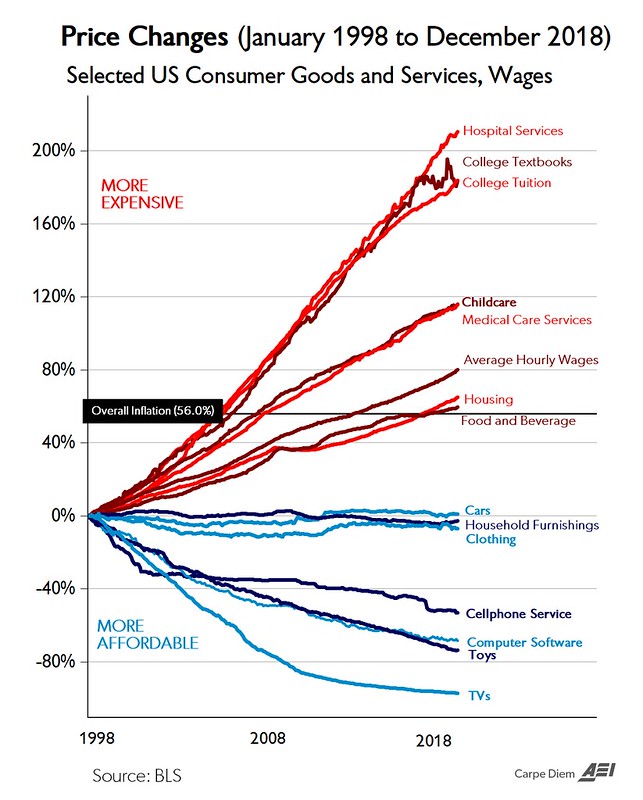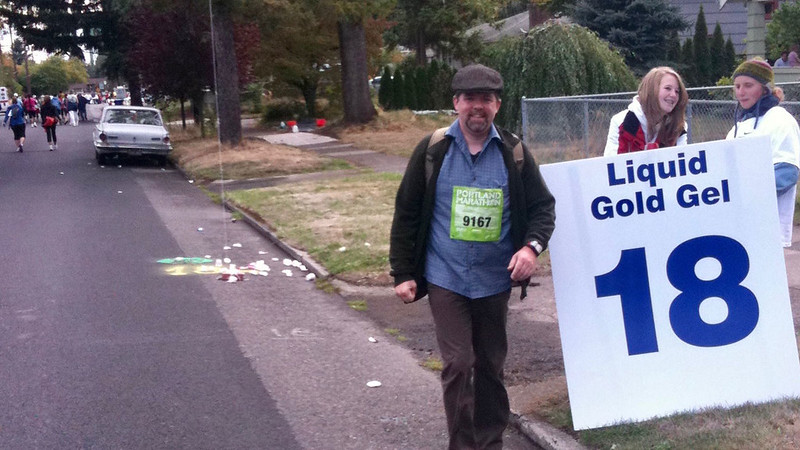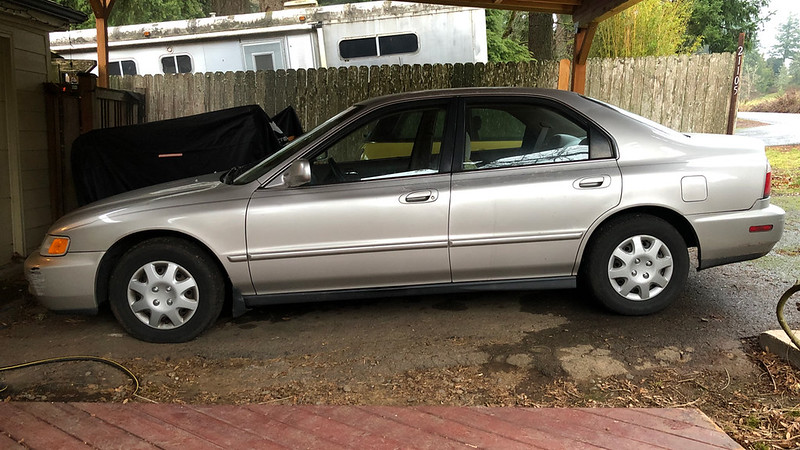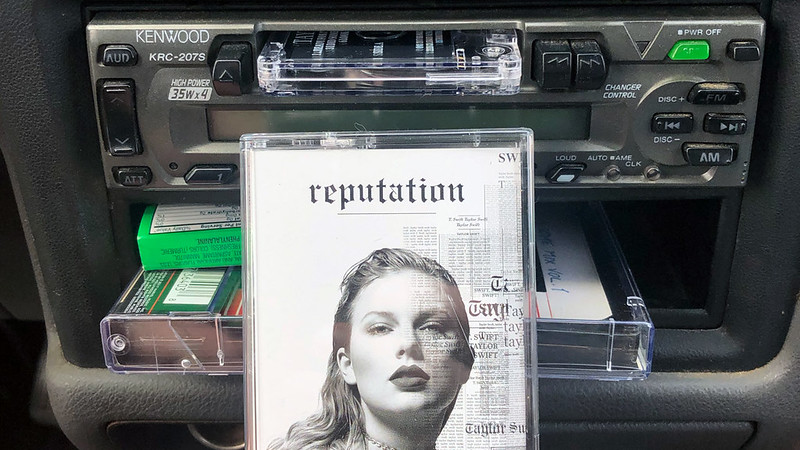I’ve shared my favorite personal banking tips with you in the past.
Today, we’re going to talk about credit cards.
Let’s get to it.
When my book was originally published, I named names. This is why some banks will never, ever partner with me. Oh well!!
My old favorite credit card: Citi PremierPass card
Anyway, in the first chapter on credit cards, I shared the details of my favorite credit card at the time: the Citi PremierPass card. In fact, I had used it as my primary credit card for several years and recommended it to hundreds of thousands of people.
That’s changed now.
Citi tightened up on its credit-card lineup, dropping several of their most compelling rewards. This was highlighted in a devastating column in the New York Times.
Hilariously, Citi actually mailed out a note to cardholders trying to spin the reduction of benefits into something like “exciting new features” — but it was obvious to anyone with a pulse that the most compelling rewards were being removed.
And so I began an exhaustive search for a new credit card. Because I spend a significant amount on my credit card, I expect significant rewards. Also, I consider it a fun game to find the 99.99999th percentile best card in the world.
Today, I’ll share my new favorite credit card. I consider it the best credit card on the market — even better than my old Citi card — and in addition to using it myself, it’s the card I’m recommending to my readers.
First, 6 rules about credit cards
- Interest rate doesn’t matter if you don’t carry a balance. The interest rate is irrelevant, as long as you’re paying off your entire balance each month. Don’t keep a balance, please – if you are, stop reading now and read our article on crushing debt to get it down.
- Use a rewards card. The vast majority of people should use a rewards card. If you’re already spending money, you should be rewarded for it. Exceptions are people who can’t qualify, who should instead use a secured credit card.
- Travel credit cards are better than cash back. Most people would benefit more from travel rewards than from cash back. I describe the details of why travel credit cards are better here. For some reason, people get really mad when I make this recommendation, but I don’t care.
- General rewards cards are better than airline-specific cards. Unless you fly a majority of flights on the SAME airline, I prefer a general travel card instead of an airline-specific card (like a United card). For example, I fly JetBlue and Virgin a lot, so I want a travel card that I can redeem on multiple airlines, not just one.
- Annual fees are not Satan’s spawn. I know it may be blasphemy to personal finance “experts,” but I’m willing to pay an annual fee for my credit card! OMG! This is why you can call me RTR: Ramit The Rebel. In some cases, there are no-fee versions of the card, so you should always calculate if you spend enough to justify it. Still, $65/year is just not that significant to my financial situation anymore.
- I am merciless about using my credit card perks. Credit card benefits can easily be worth $1,000/year. DO THIS.
What I want from the best credit card
My bottom line is this, the best credit card is the one that gets you the most free flights and free hotels. For example, I want a card that rewards me when I go on vacation, travel for friends’ weddings, or travel between NYC and SF.
Alternatively, I want to upgrade to business class when I travel abroad.
And I don’t want to be nickel-and-dimed for idiotic things like blackout dates, penalties, and fees.
So with that in mind, here is…
The best credit card for 2019
The best credit card for 2019 is the Chase Sapphire Reserve® Credit Card from Chase.
This is the best travel card on the market in 2019. Here’s why:
4 Sapphire Reserve perks that matter most
- 50,000 point sign-up bonus: Chase Sapphire Reserve gives you 50,000 bonus points for signing up if you spend $4,000 on the card in the first few months. As my friend Brian Kelly from The Points Guy points out, that’s $1,000 in value — meaning if you can commit to that $4,000 spending amount, the $450 yearly fee pays for itself — twice.
- $300 annual travel credit: A lot of travel cards offer travel credits — money they just give you back at the end of the year for spending on travel. At $300, Sapphire Reserve’s travel credit is on the high end. Not only that — it applies to any travel purchase, including airlines, hotels, cruise lines, travel agencies, car rentals, even Airbnb and Uber. (You can find a full list of what Chase counts as “travel’ on their FAQ page here.) That makes it super easy to get that $300 credit, and makes the $450 yearly fee even less of a barrier.
- 3X points on travel AND dining worldwide: Chase gives you 3X the points for money you spend on flights, cruises, hotels, car rentals, trains, taxis, and … wait for it … FOOD. If you follow me on Instagram, you know how important food is to me, and you better believe I think this perk is amazing.
- No blackout dates or restrictions: Some cards restrict use of their card on certain types of flights or on certain dates (like around the holidays). Not Sapphire Reserve.
Other perks:
- Chase Unlimited Rewards®. This is Chase’s premier rewards program, which lets you redeem rewards for travel, experiences, gift cards, cash back, and more.
- Unlimited points. There’s no limit to how many points you can earn, and points don’t expire as long as you keep the card open.
- 1X points per dollar on all other purchases.
- Terms and restrictions apply.
A quick note about fees
As I’ve said already, credit card fees are NOT Satan’s spawn, and you don’t need to utter any chants or spells to protect yourself from them.
That said, the $450 fee for the Sapphire Reserve is steeper than most, so it’s worth talking about. If you’re a heavy traveler like me, that’s not a problem, because the rewards you’re racking up will make that fee up in no time. Even if you’re a lighter traveler who only does one vacation per year and flights home for the holidays, you can recoup that fee no problem. Plus, there’s that easy-to-grab $300 travel credit, which effectively lowers the fee to $150 per year.
Still, a fee’s a fee. If you’re not 100% comfortable with a fee that steep, or you’re not sure how much use you’ll get out of it, try the Chase Sapphire Preferred Card (mentioned below). It has some of the same perks as the Reserve, but a much lower yearly fee of $95, which you can waive for the first year.
Places to read about this Sapphire card
You should always do your own research. Here are two places to see what others have said, as well as understand the perks/rewards in great detail.
- Chase website: Sapphire Reserve
- The Points Guy: In-depth analysis of the card, plus discussion
Other travel credit cards I recommend
I know that this card isn’t for everyone.
That’s why I turned to one of my friends, Chris Guillebeau, to get his other top 3 favorite travel credit card picks.
Chris has traveled to 193 countries (yes, that’s every one of them) and he regularly earns more than one million miles a year, with the majority coming through credit card bonuses and other non-flying activity. One reason he was able to do this is because half of his trips were nearly free — all paid for with miles and points from his rewards credit cards.
Here’s everything you need to know about travel credit cards. If you just want the highlights, keep reading.
1. Chase Sapphire Preferred® Card
First up is the Chase Sapphire Preferred® card, mentioned above.
What Chris loves about this card:
- Double points on all dining and travel expenses.
- No foreign transaction fees.
- You can get the annual fee waived the first year — so it makes signing up a no-brainer.
If you don’t have it already, now’s the time to get started.
2. The Chase Freedom Unlimited (SM)
What Chris loves about this card:
- When you spend $500 in the first three months, you instantly get $150 cash back.
- No annual fee — ever.
- Unlimited 1.5% cash back on all purchases.
3. The Platinum Card® from American Express
What Chris loves about this card:
Even though this card comes with a steep $450 annual fee (that can’t be waived), it comes with a TON of great benefits for heavy travelers, including:
- Lounge access in the U.S. and throughout the world.
- $200 credit that can be used for airline extras on any carrier.
- Reimbursement for your Global Entry application.
- No foreign transaction fees on any purchases.
Want more? Here’s everything you need to know about travel credit cards, or head over to Chris’s site, Cards for Travel, for more info on any of these cards and more travel tips.
Other credit cards I recommend
For cash back, I like the Alliant card and Fidelity card.
Should you keep your old credit card?
My recommendation: If you’re looking for a good credit card, apply for this, and if you get accepted, start transitioning your auto-pays to this card and start accumulating miles. You can close your old accounts or keep a small amount autopaying on it.
If you want my favorite credit card
If you’re interested in getting this card, here’s a link to see if you’re approved.
P.S. I have a few special, obscure tools I use with my credit card to optimize the experience. I’ll write about those in the future.
Tomorrow, the best savings account for 2019.
Bonus: Get more exclusive credit card perks
You can now get a full chapter on optimizing your credit cards from my New York Times bestselling book, I Will Teach You To Be Rich, for free.
It’ll help you tap into even more perks, max out your rewards, and beat the credit card companies at their own game.
I want you to have the tools and word-for-word scripts to fight back against the huge credit card companies. To download it free now, enter your name and email below.
Best credit cards for 2019 is a post from: I Will Teach You To Be Rich.
from I Will Teach You To Be Rich https://ift.tt/2EDB1yc
#money #finance #investing #becomerich


![This graphic by James Clear shows the Mr. Money Mustache version of Stephen Covey's circles. Confused? I don't blame you! [Circle of Concern vs. Circle of Control]](https://farm6.staticflickr.com/5784/23783342876_61fe34d89c_z.jpg)
















